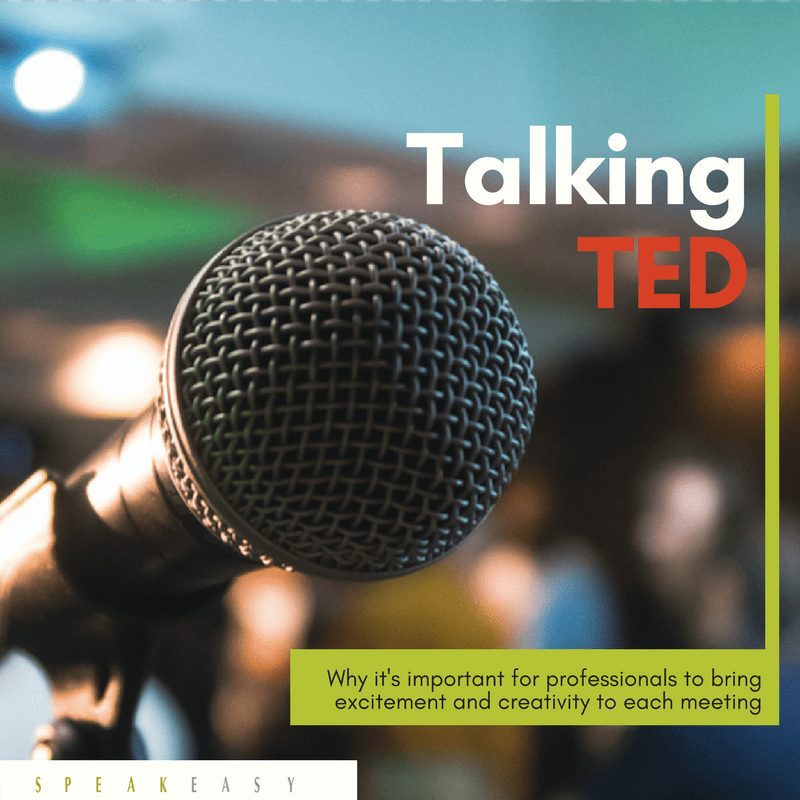
10 Oct Talking TED
Reading Time: 2 minutesThe popularity of TED Talks – the short and snappy presentation delivered live at TED conferences and then broadcast over every digital media imaginable – is undeniable.
What began in 1984 as organizationally specific conferences held by a nonprofit group dedicated to the convergence of critical ideas in Technology, Entertainment and Design (TED) has morphed into one of the standards for what concise and impactful presentation should be.
Limited to 18 minutes in length, with no bounds on creativity of thought or delivery, the speakers present their ideas quickly and directly to a live audience, usually making great use of support visuals to connect more readily with both live listeners and digital viewers.
So “Wait!” you say…every day I’m either giving or listening to business presentations and they’re killing me… they’re too long, the presenters are just dumping information on me, they don’t care about what’s important to me, and usually the meetings don’t accomplish very much… at least not as much as we’d like them to.”
Why? What can we learn from a TED Talk that would help those long, drawn-out and unproductive business communications we all endure?
- To begin with… they’re short. In today’s sound-bite world every communicator’s first goal has to be brevity. Be very clear with yourself about your position or idea, and work to articulate it in just one or two sentences.
- Think about your audience instead of yourself. Relate your position or idea to your audiences concerns and speak their language when presenting. You don’t have to change your point of view, but you have to discuss it from theirs.
- Use visuals to support rather than detract from your message. As business presenters we’ve grown so dependent on data and the proverbial PowerPoint deck to convey it, that the visuals have taken over the presentation. Use visual support only where it does something better than you could alone. Focus on the idea you’re delivering, not the data behind it.
Using the TED model is a good start but these few steps are just the beginning. We’ve coached clients for TED talks and the amount of work they put into their finished product far exceeds the18 minute delivery. One source tells us the nominations team considers about 10,000 submissions for only about 65 slots on the main stage for each TED conference. It’s not quick or easy to get it right.
The lesson we should all take away is “working as hard on your communication as you do on your business solution is critical to your success.” No matter how well you critically think, your knowledge capital, your strategic process abilities, or even your contact network… that last critical link between you and actually making something happen is how you use powerful communication to connect with other people. Its work, but it’s worth it and it deserves as much effort toward excellence as anything you do.

